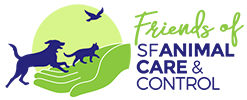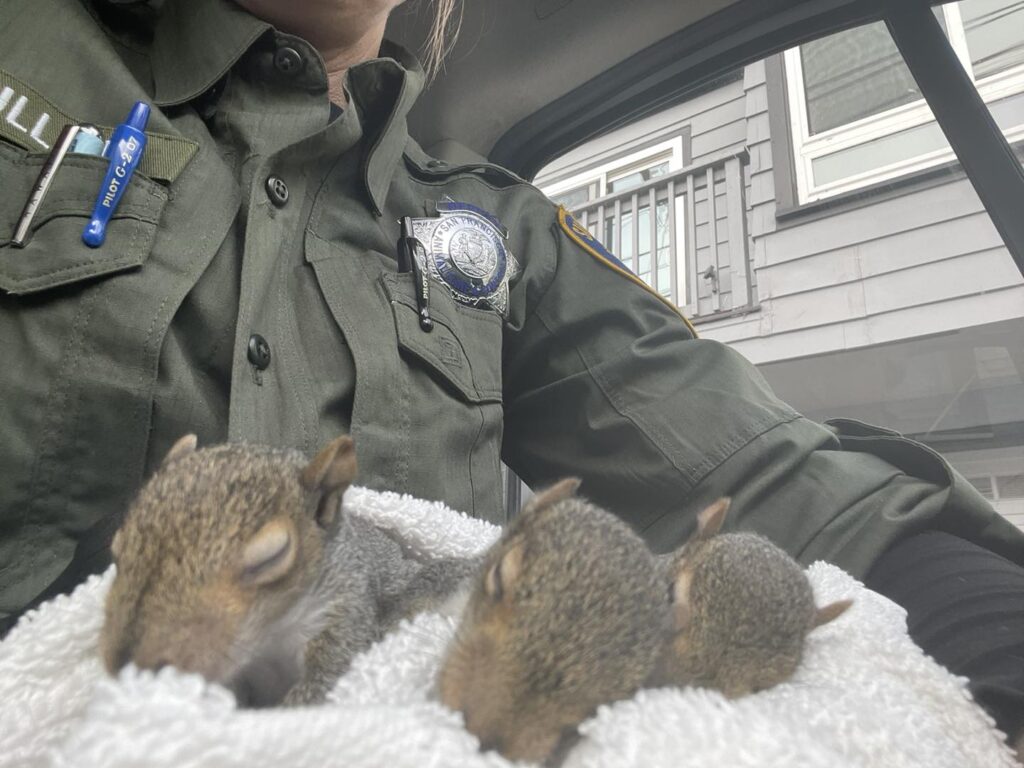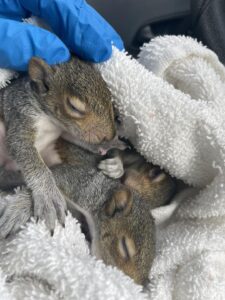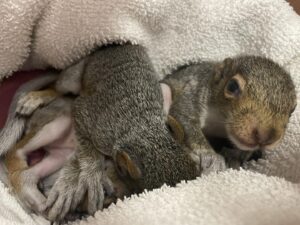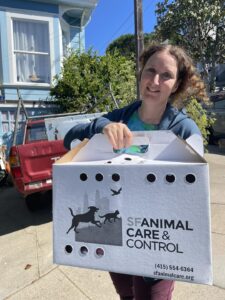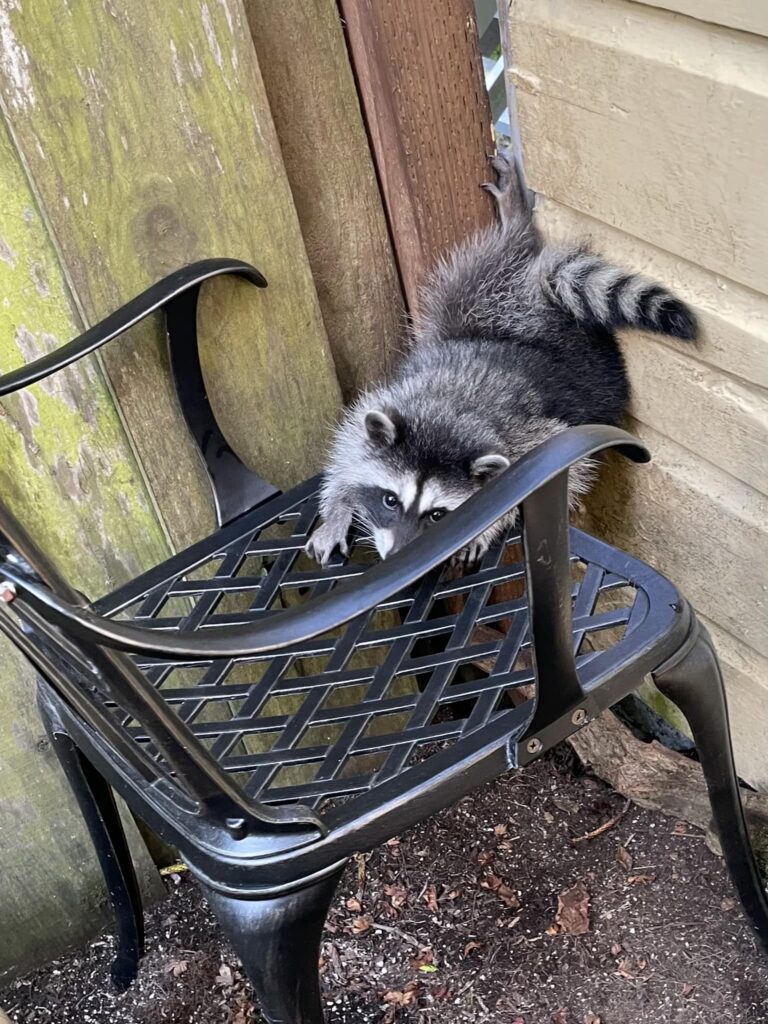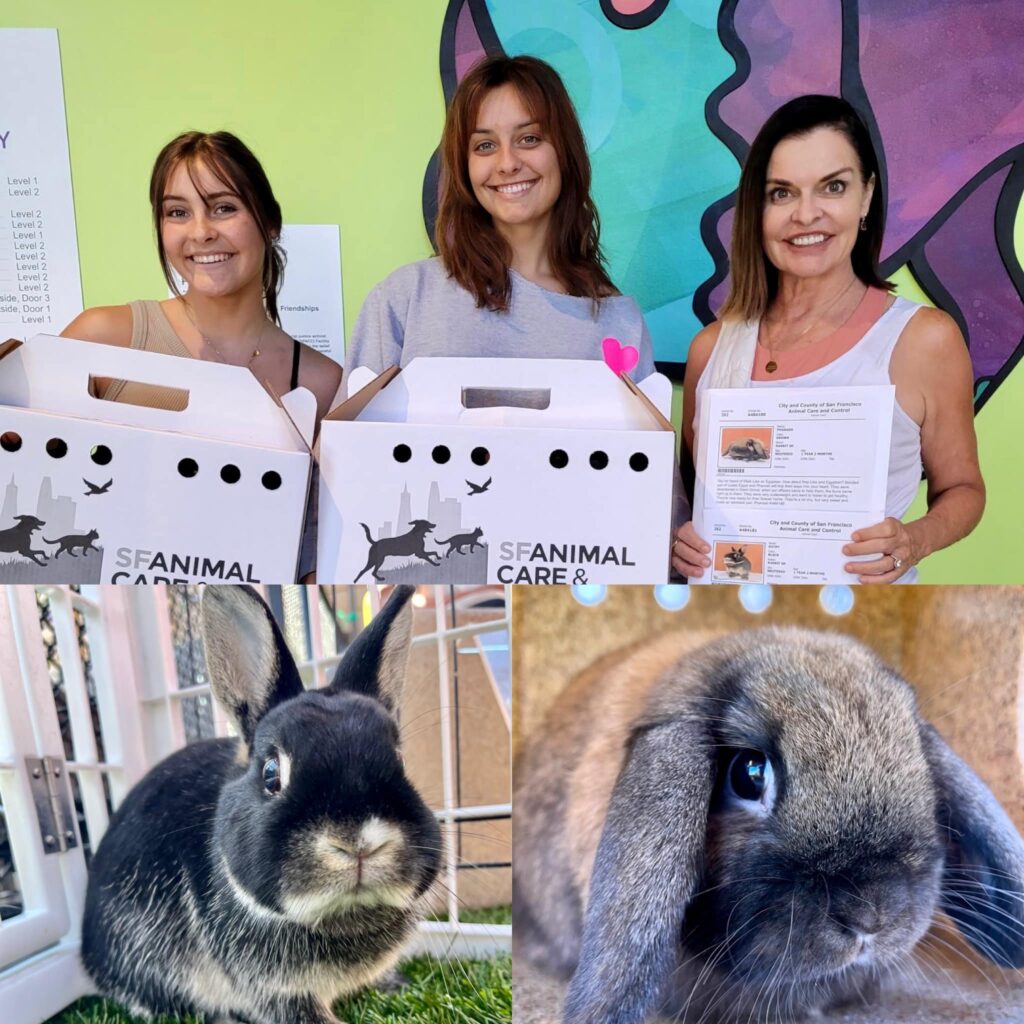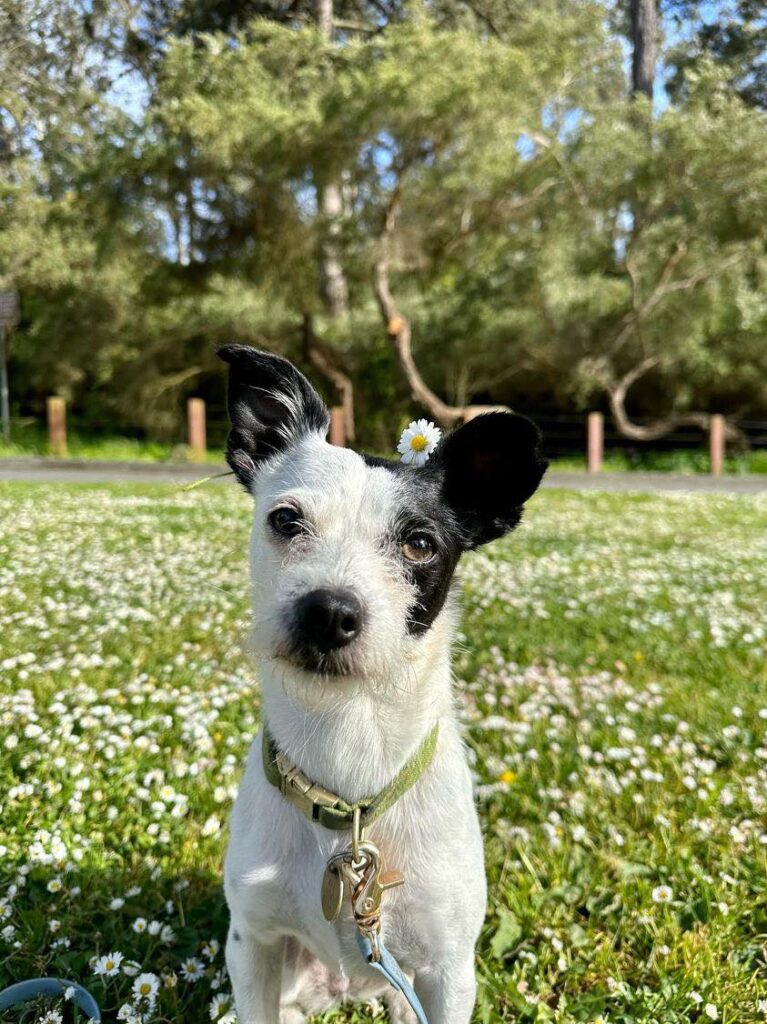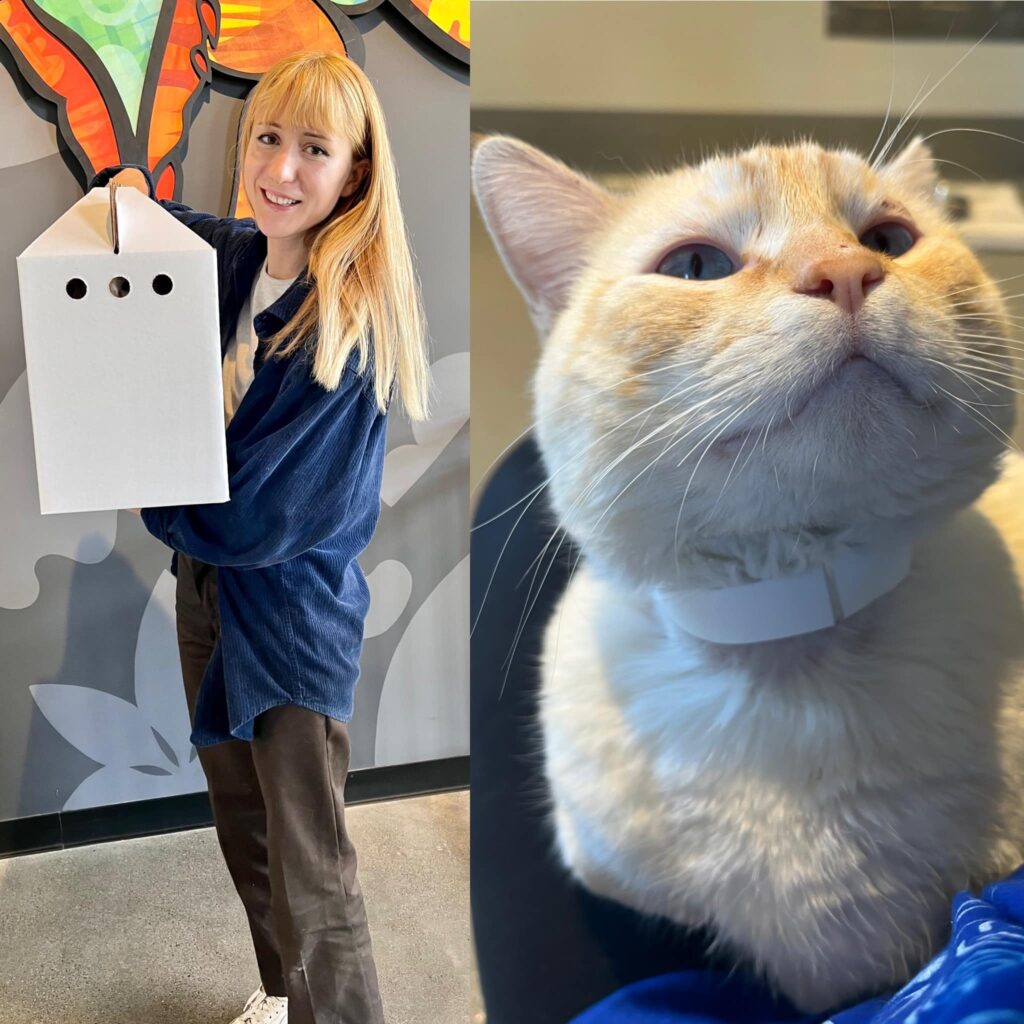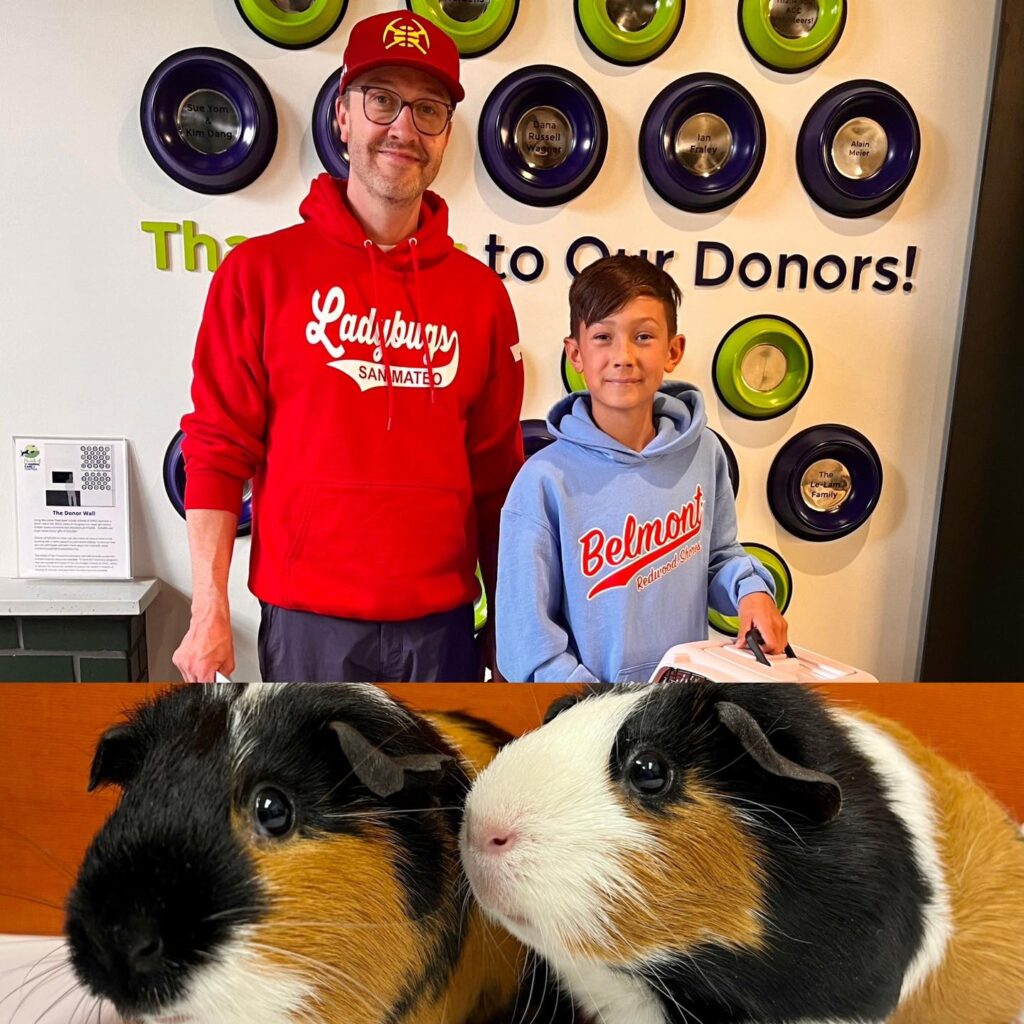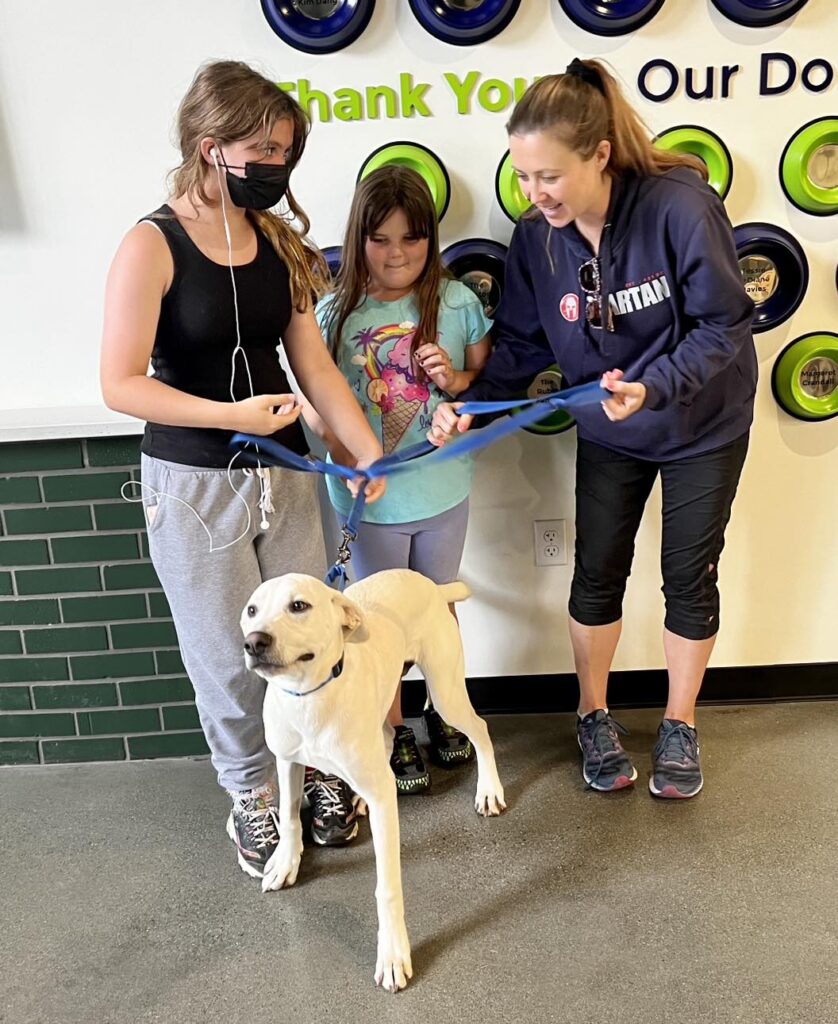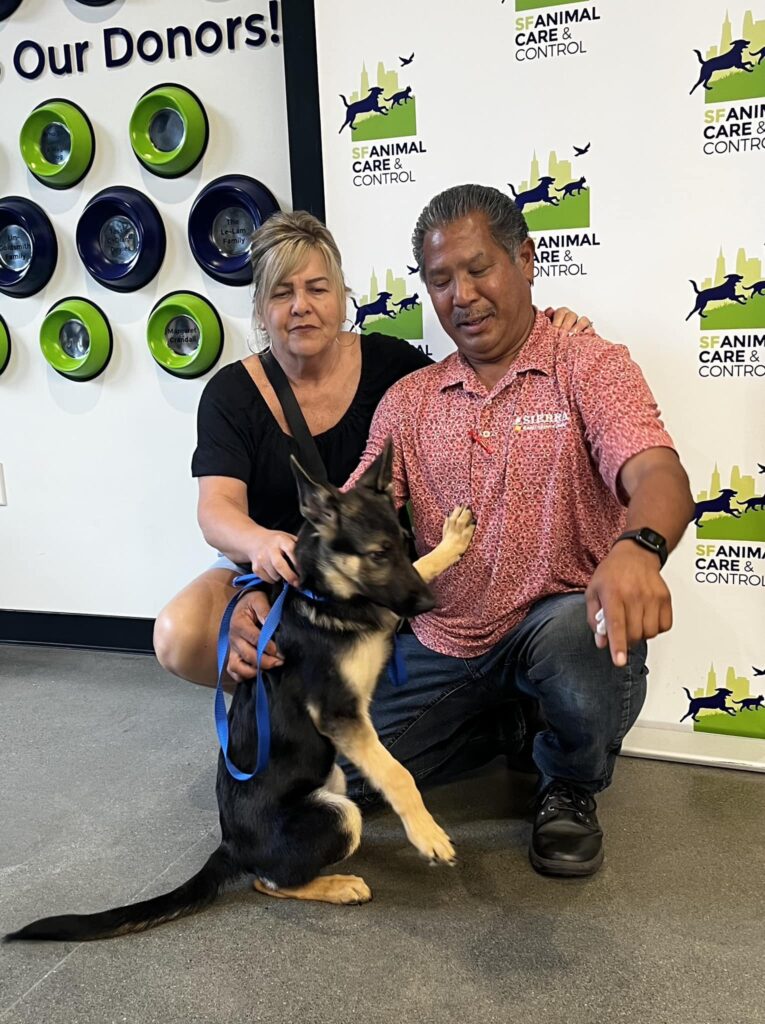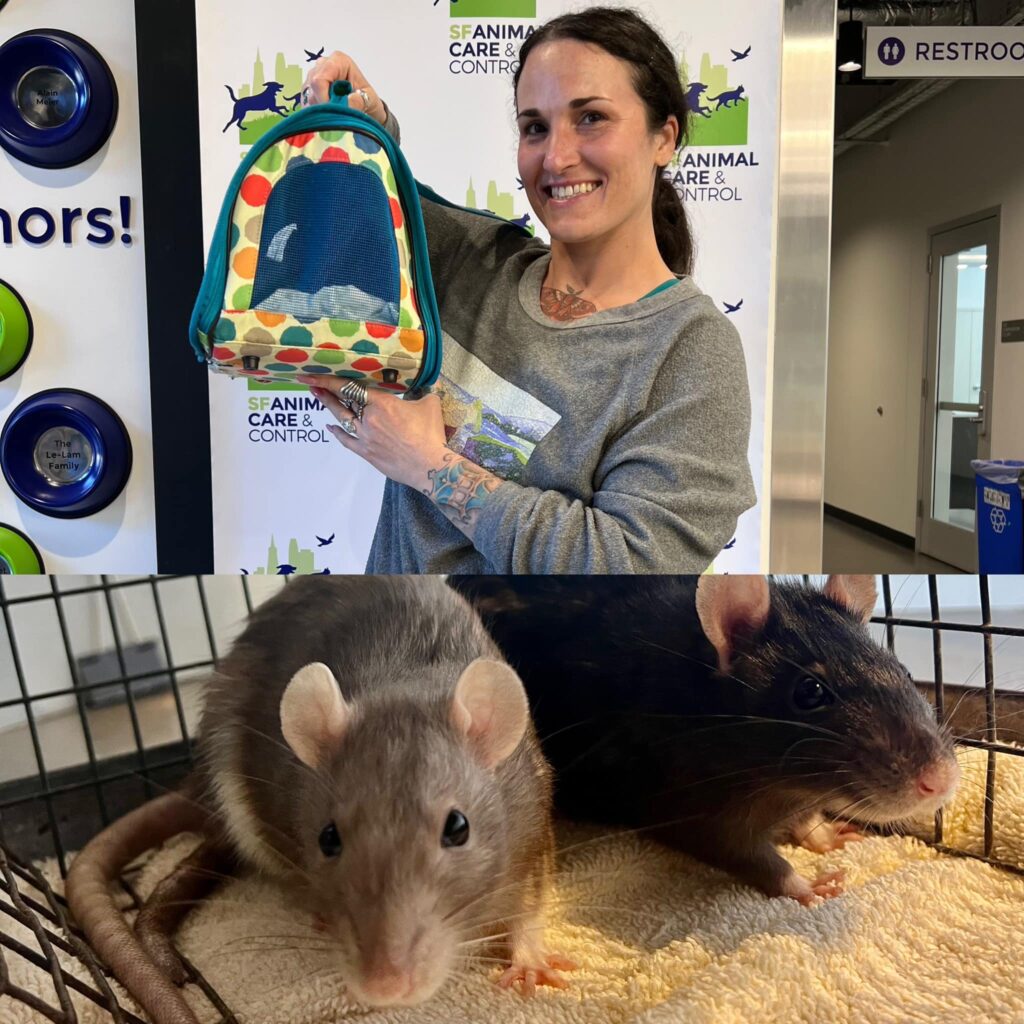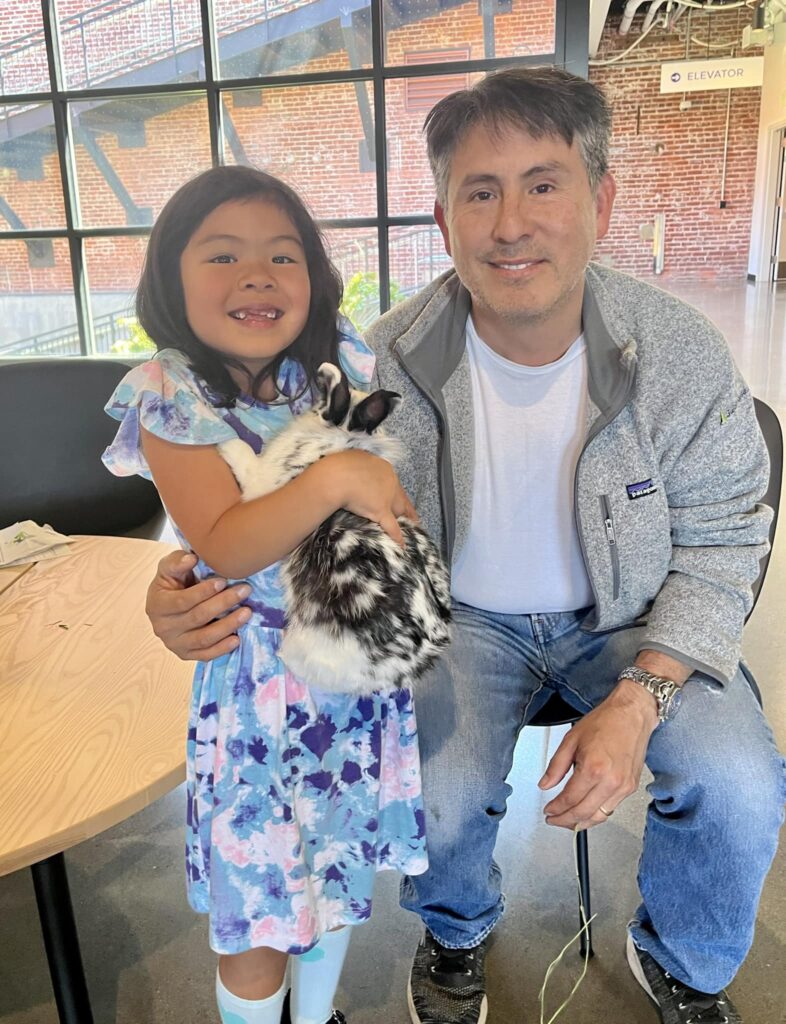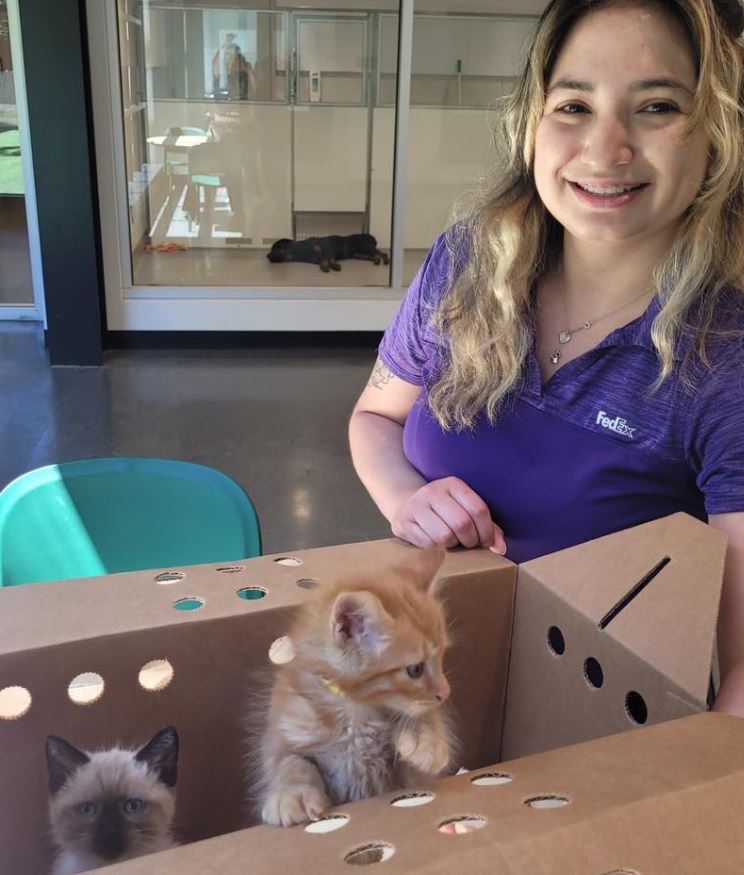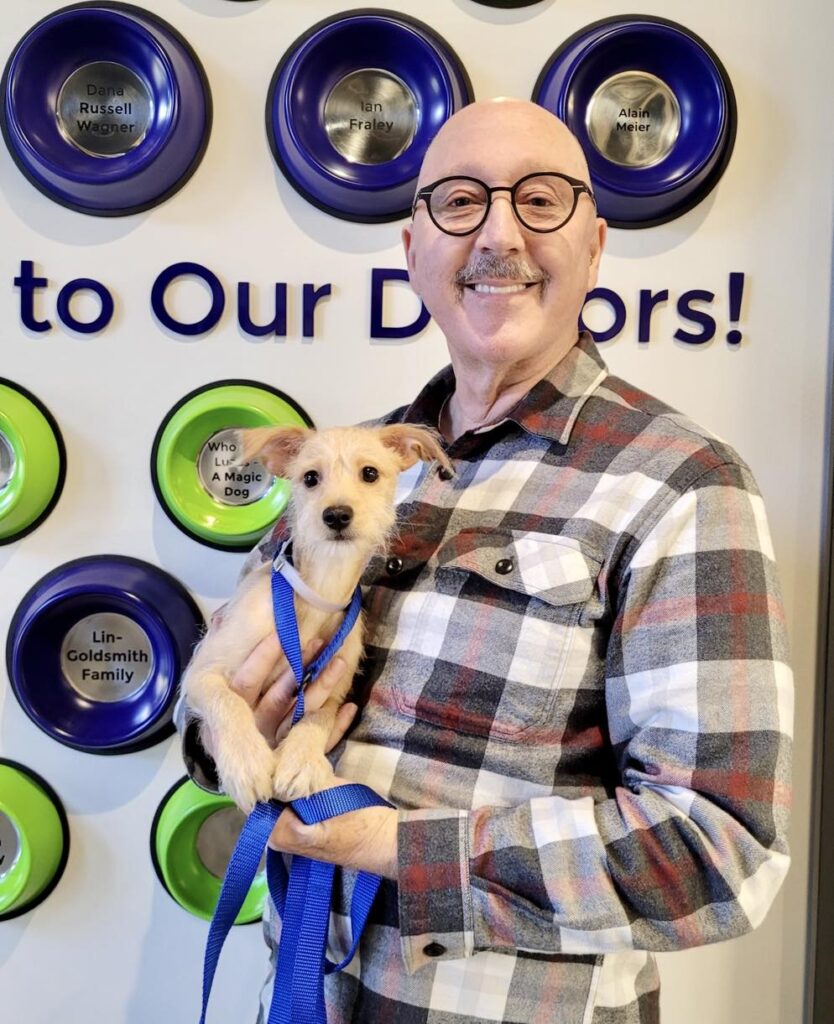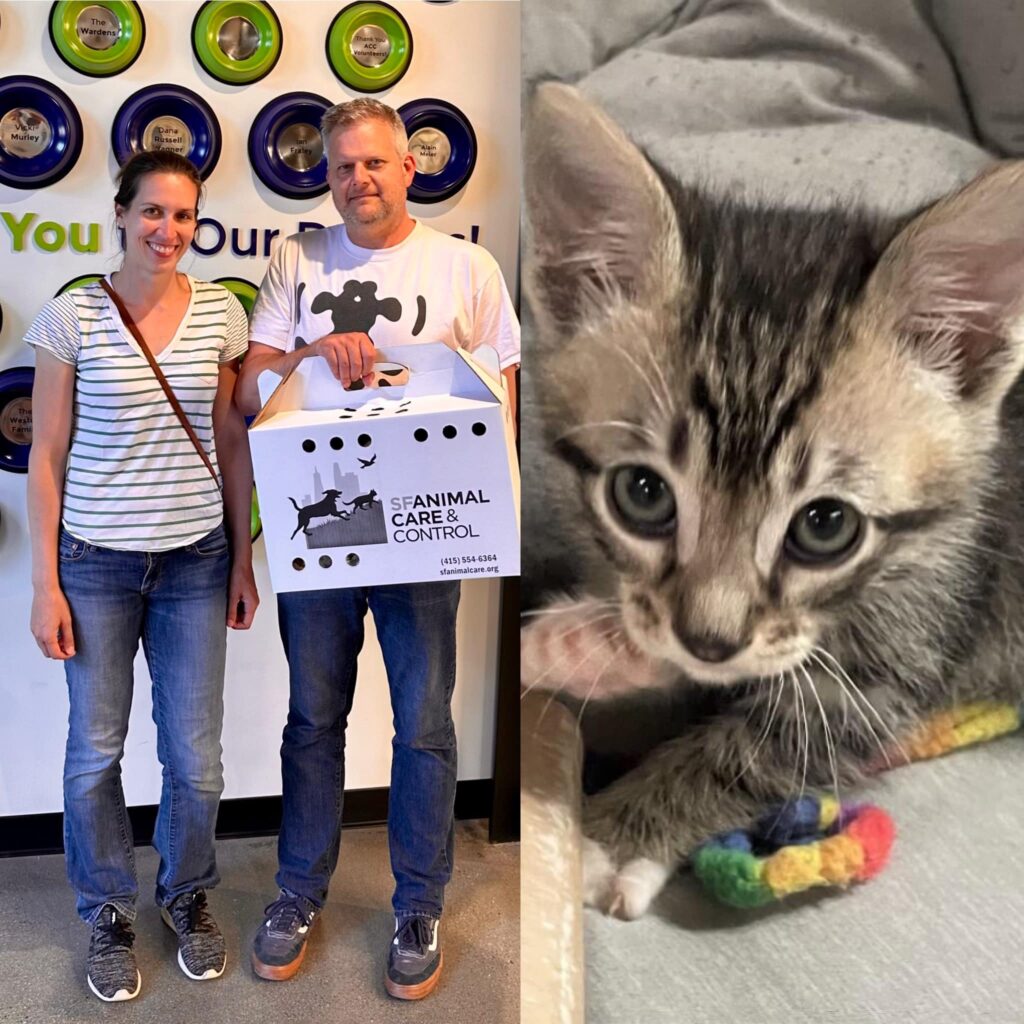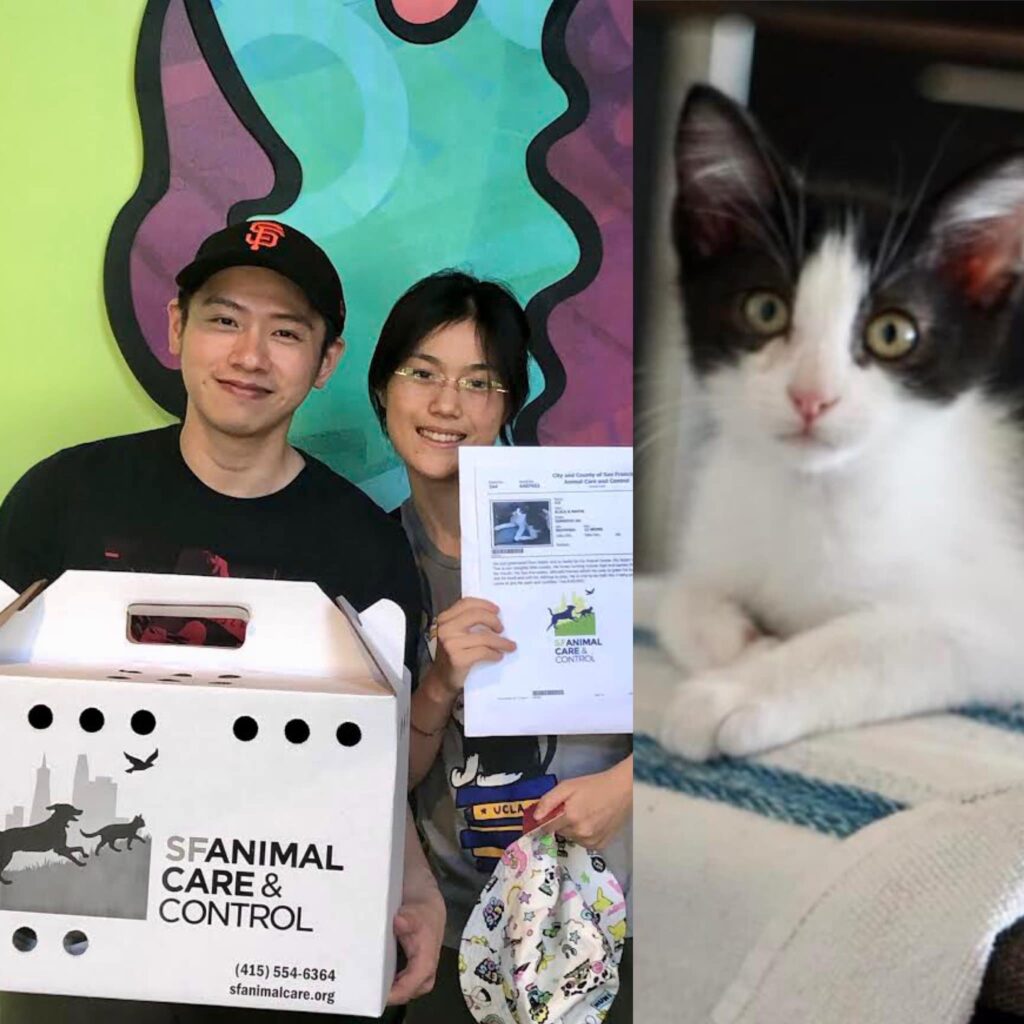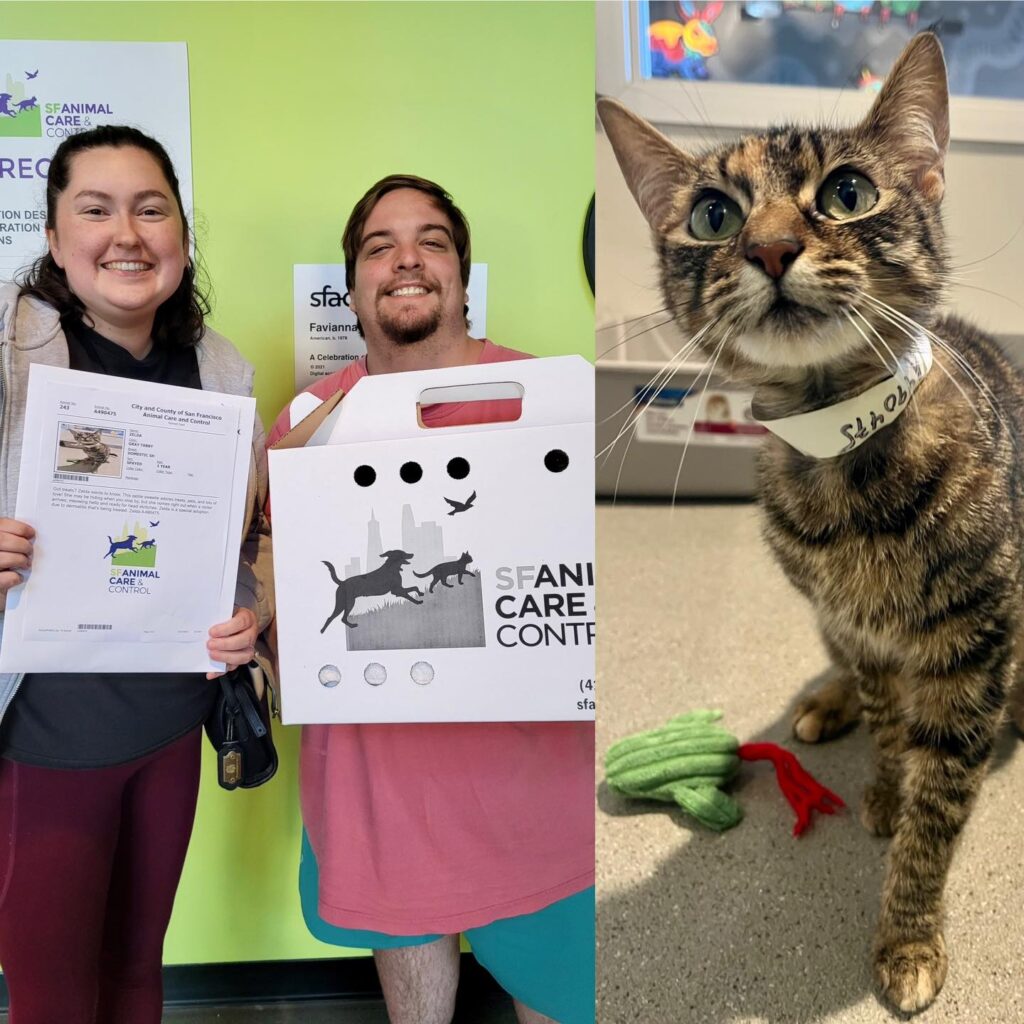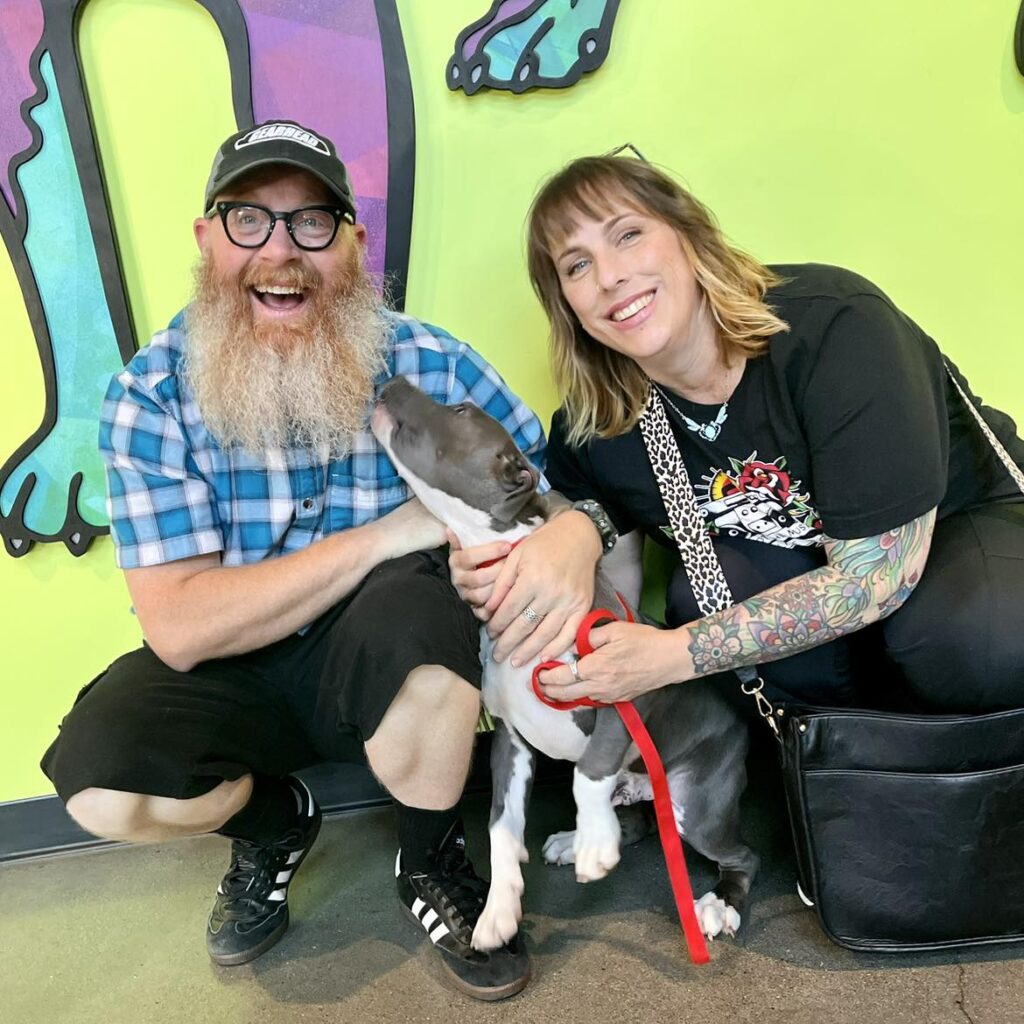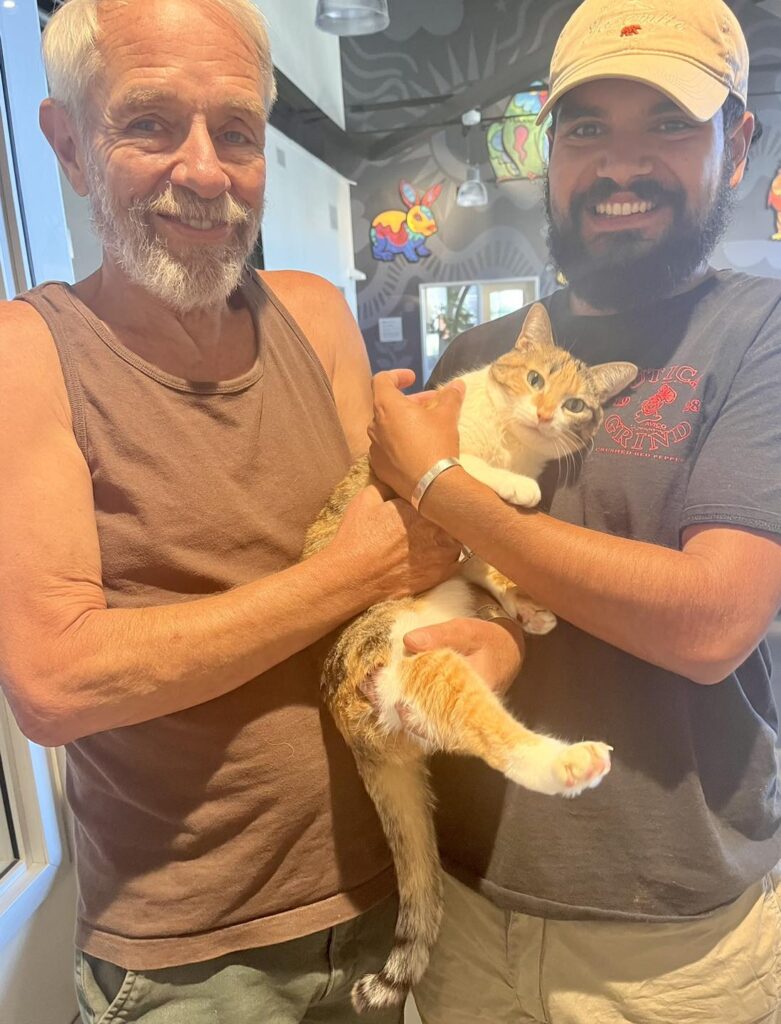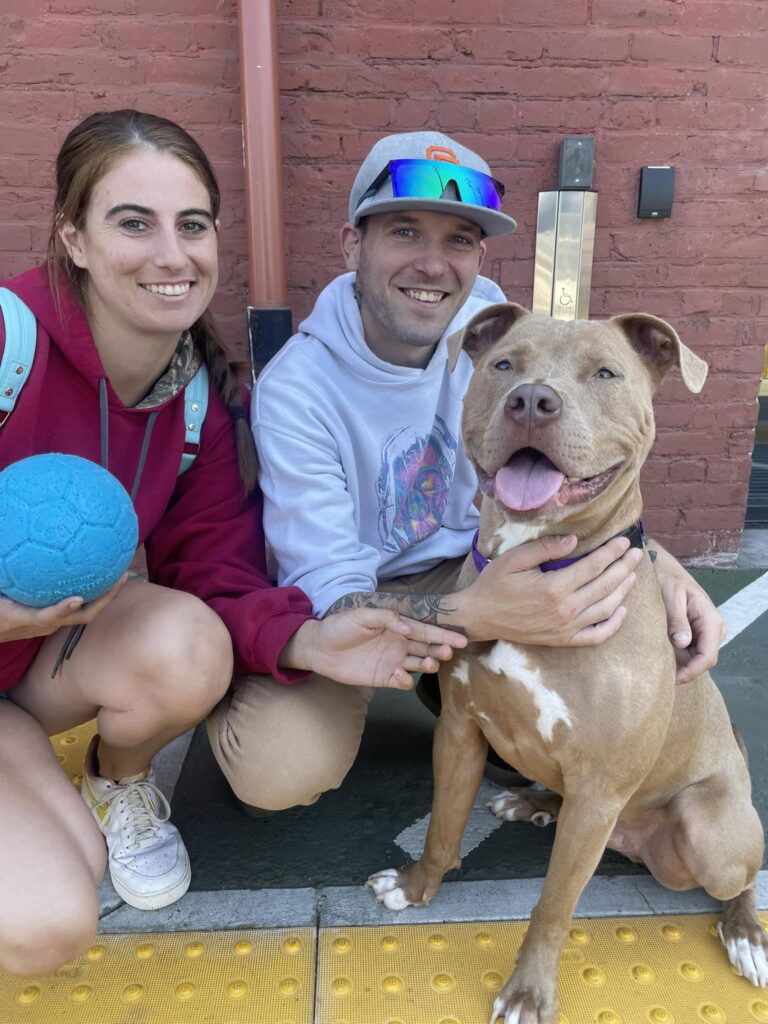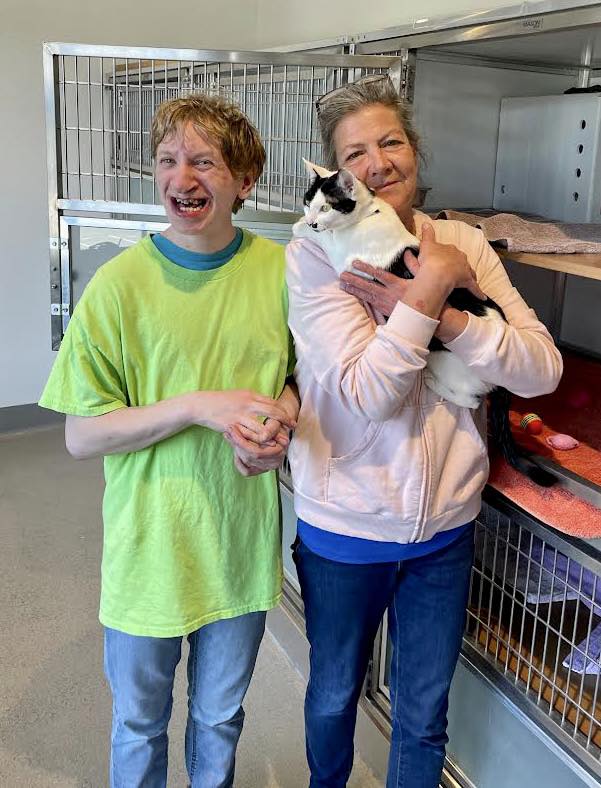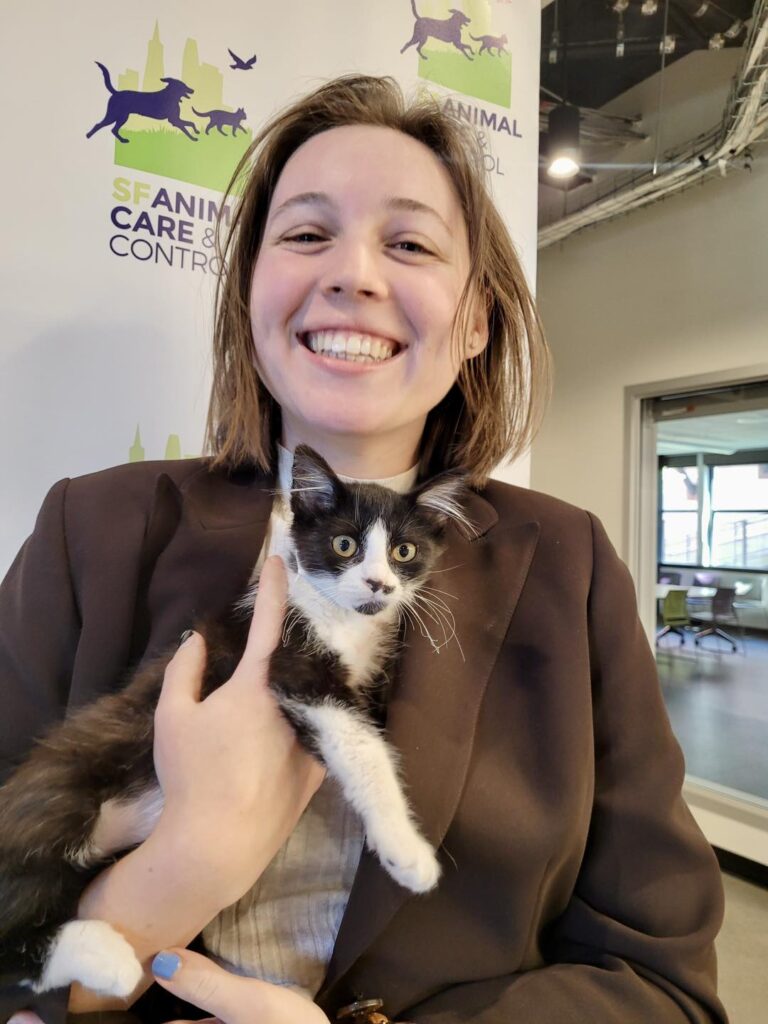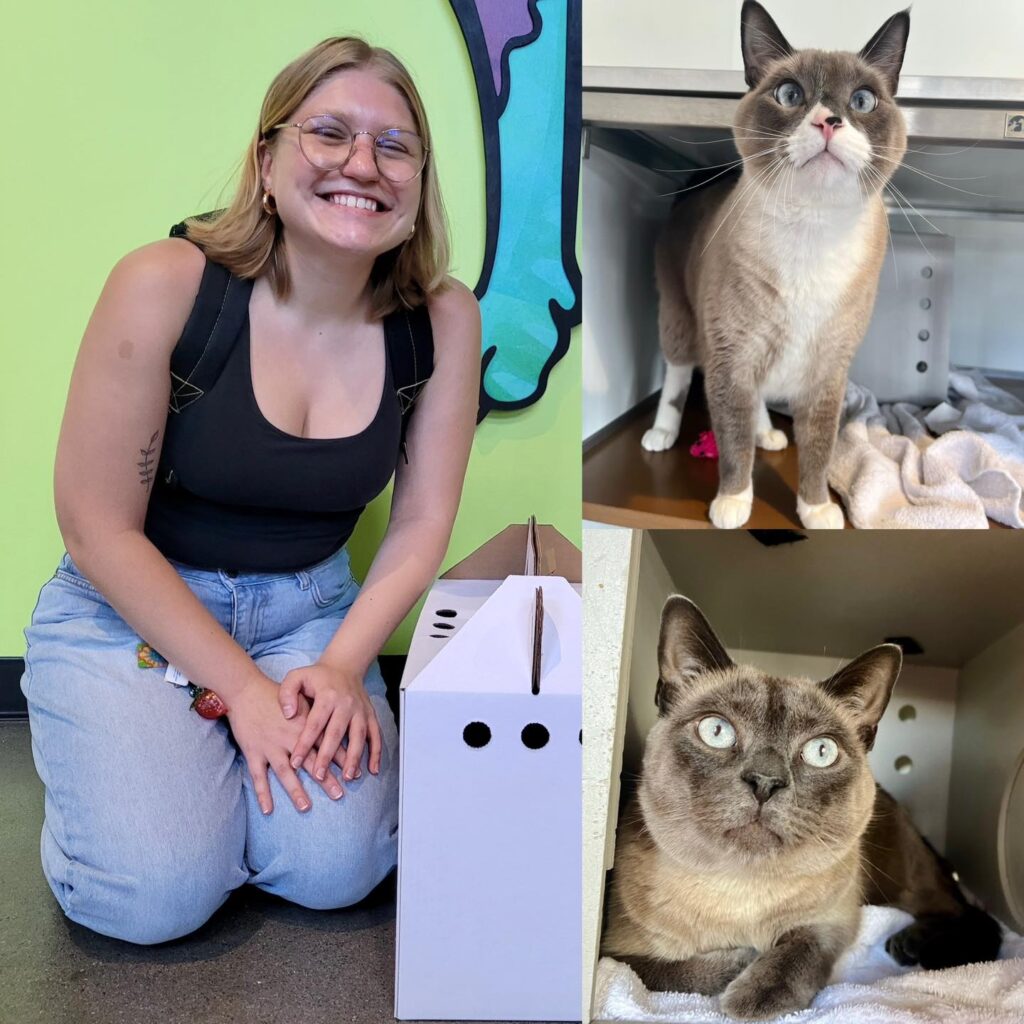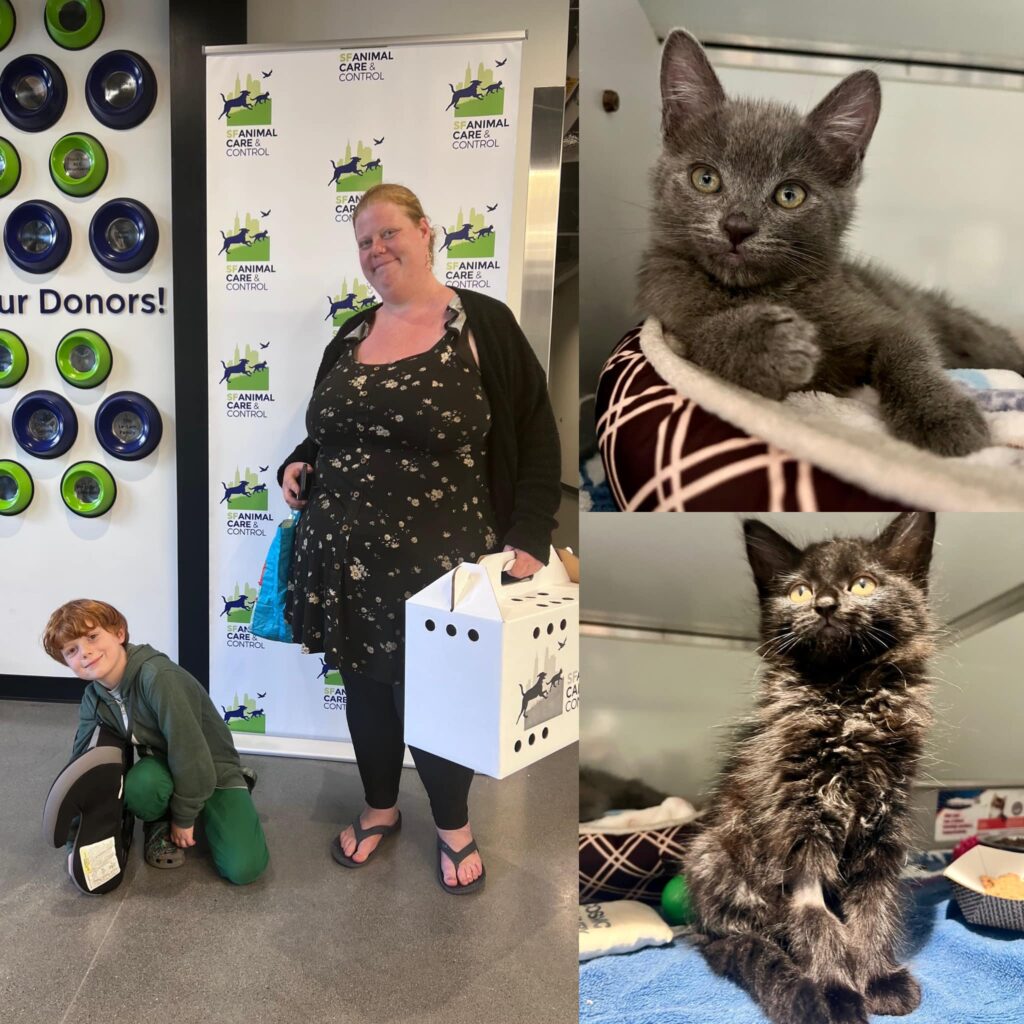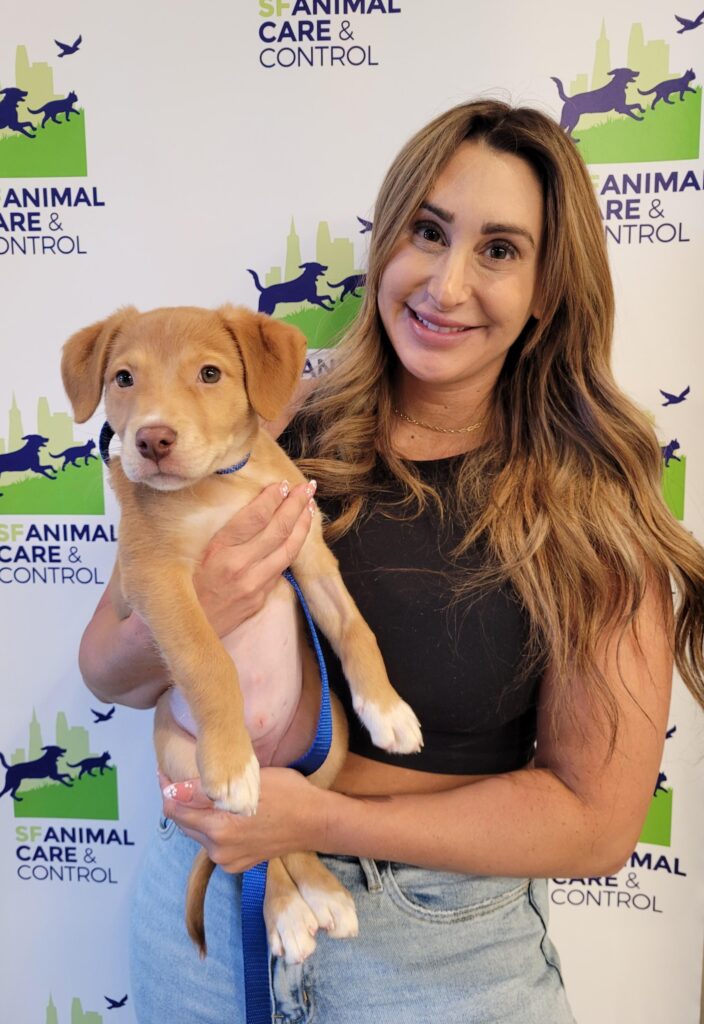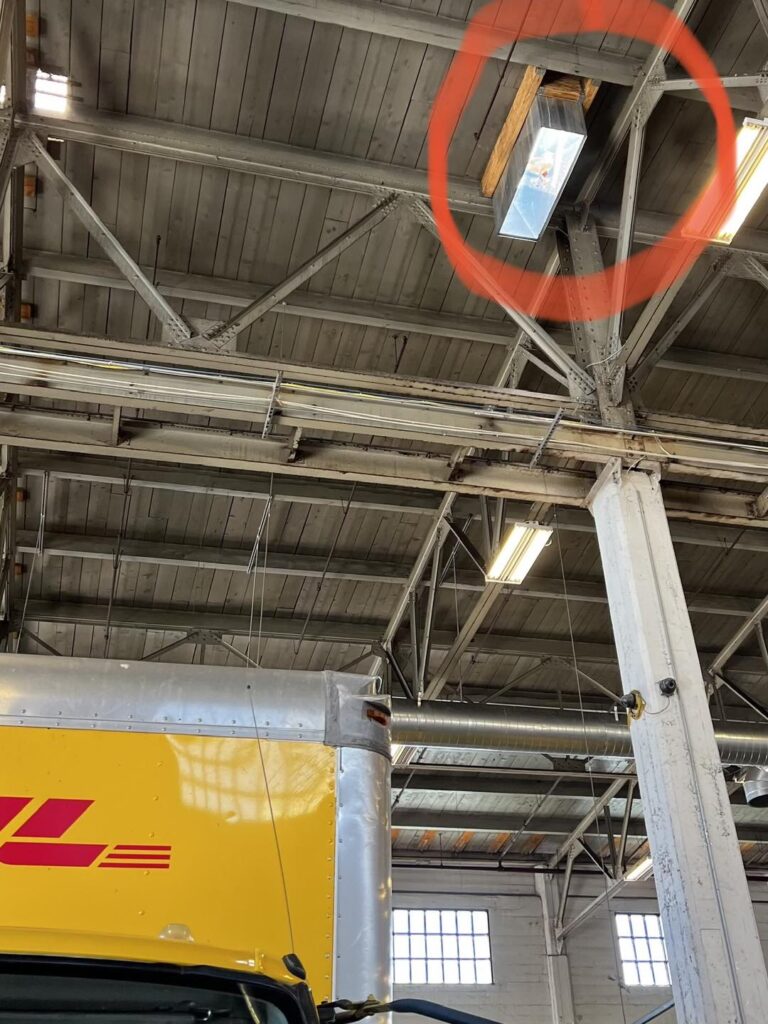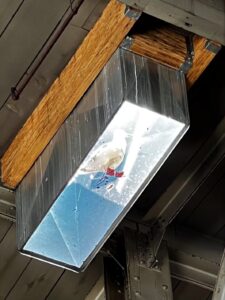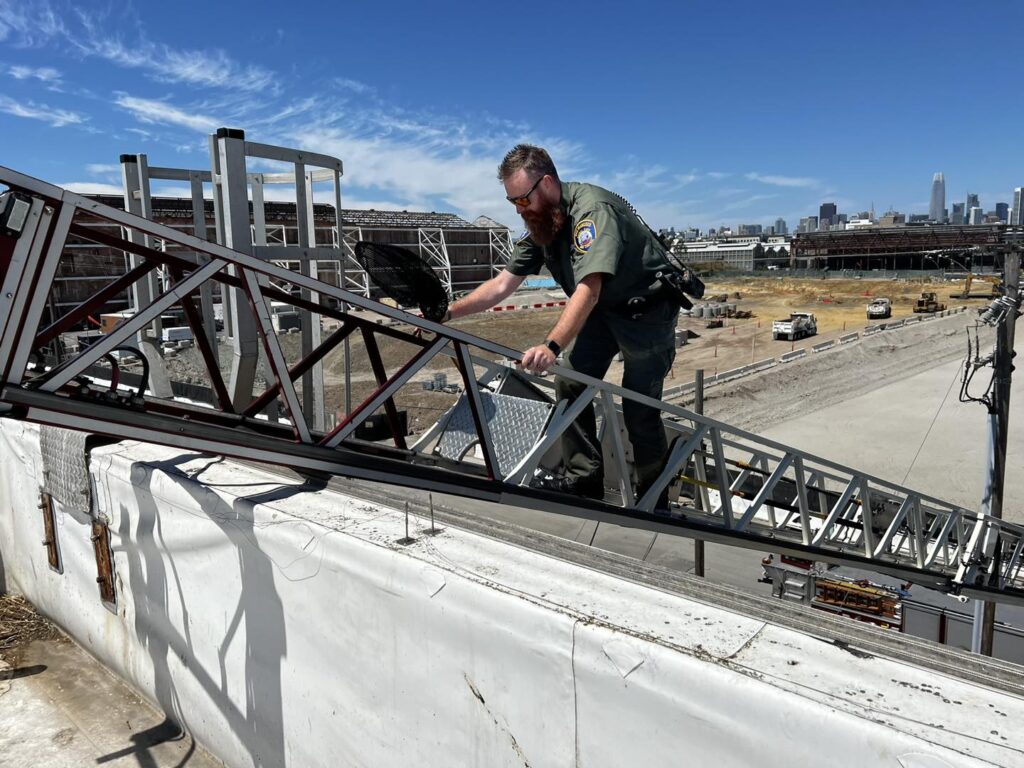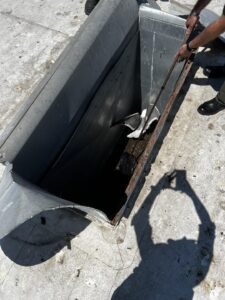9/8/2023 Officer Mullen reports…
I received an early morning call from a concerned San Francisco resident about a couple of underaged orphaned kittens that she was trying to help. The resident explained that she had been observing a mom and kittens the last few weeks on her routine walks with her dog. Momma cat kept her kittens tucked away under a bush near the sidewalk. A few days ago, on her morning walk, she noticed that mom was missing. Kittens were still in the nest under the bush, but mom was nowhere to be seen. Knowing that the mom may be out getting herself some food, the resident did not worry too much. However that evening and the following day, the mom was still not seen with the kittens and the resident started to worry. The resident went back to the location later that night to find the kittens still alone and were now getting cold to the touch and were starting to cry and stray from the nesting area. Concerned that the babies had been without mom for over 48 hours, she gathered up the kittens and placed them in a small carrier and brought them into her house for the night.
Aside from warming them up and keeping them safe, the resident was not sure what to do with these kittens. Thankfully she had fostered larger kittens before and knew a bit about kitten husbandry but did not know how to bottle feed these approximately 3 week old kittens. She gave me a call early the next morning and explained her situation. I met her at the front gates of the shelter prior to opening. She had done a great job keeping the kittens safe and did the right thing by monitoring the situation for 48 hours and then stepped in when the kittens appeared to be declining without the warmth and nourishment from their mom. I brought the kittens into the shelter and they appeared to be warm, in good health and ready to eat. With only a slight encouragement, the kittens rapidly drank from the bottle and filled their tummies with warm satisfying formula, stopping to pose for a few adorable milk mustache photos. After their meal, they quickly passed out cuddled next to each other in a warm carrier with a soft stuffed animal to snuggle with. Thankfully our wonderful RVT, Angie, who is also a bottle feeder extraordinaire was able to take the kittens home that night and foster them temporarily for a few days until a more permanent foster became available.
Our foster program historically places between 750-800 animals per year. A majority of those animals are underage kittens. However, very few of those underage kittens need bottle feeding, as most of them are over 4 weeks and eating solid food on their own. Bottle feeding is a specialized skill that requires a very dedicated foster parent. Kittens under 3 weeks old cannot regulate their temperature and require supplemental heat to keep warm. This is why kittens tend to pile on top of each other and against mom. Kittens under 4 weeks of age require a liquid diet, mom’s milk is the best, but when that is not available, KMR formula is a great substitute. Bottling kittens can be very challenging and can lead to complications such as aspiration pneumonia. However for most of these at-risk kittens, if we do not step in and at least try bottle feeding, they would experience an even worse outcome. Have you, or anyone you know, ever successfully bottle fed a kitten? Would you like to showcase your skill with our amazing kittens? We would love to help more at risk kittens like these two and just need a few more foster parents available to help us with these precious babies. If you have bottle feeding experience or would like to help out our foster program in other capacities, here is a link to find out more about the foster programs we have available: https://www.sfanimalcare.org/how-to-foster-animals/
If you find a litter of kittens in distress, please call our dispatch at 415-554-9400 and we will ask you a few questions about the situation. We will probably have you send in a picture or video so we can correctly address what is happening. We do not want to steal any babies from mommas that may have left them temporarily to find food. However, if the kittens appear to be abandoned by mom, we will want to step in to provide them the care that is needed to be healthy and thrive. Thanks again to this concerned resident and all other concerned parties that call our dispatch line to report sick, injured, and displaced animals throughout the city.
